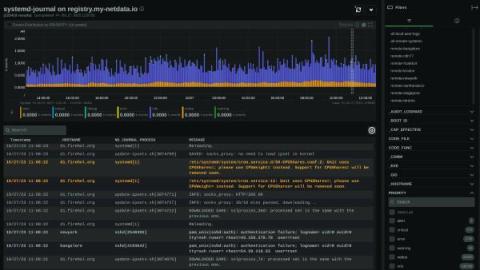Best Practices for Using Git in Your Cribl Workflows
In this conversation, Sanjay Shrestha, Principal Detection Engineer at Bayer, and Raanan Dagan, Principal Sales Engineer from Cribl, talk about the integration of Git in Cribl Stream. They discuss how to manage configuration files and pipelines as code, simplifying their deployment. They also share a demo and give best practices for optimizing your GitOps workflow. In the 10+ years that Bayer has worked with Splunk, they’ve gone from processing just 80 GB/day to more than 13 TB/day.









